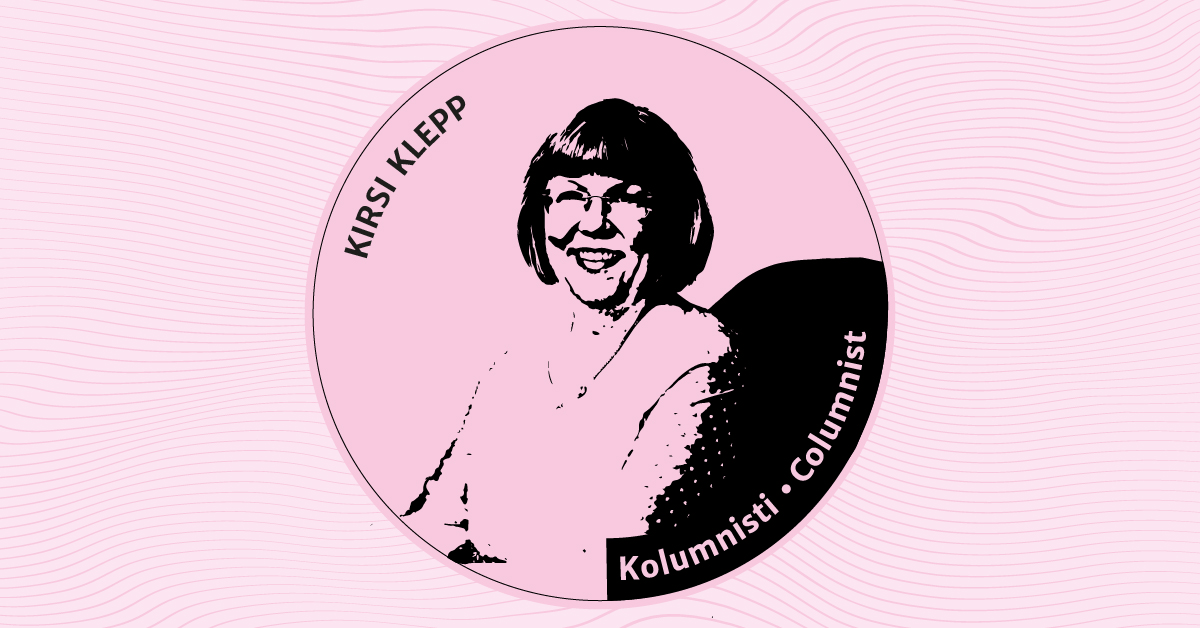
Contactless payment has become the most popular payment method in Finnish stores, and Finnish seniors use online bank services more than the seniors in most other European countries do. Managing personal finances digitally is often quicker and more convenient – but it is also safer.
The coronavirus pandemic pushed the final breakthrough of the contactless payment option that was already available in most payment cards. Many customers also ventured to try out mobile payments, some adopting them as their primary payment method. Contactless and mobile payments are hygienic as they completely bypass physical contact to the payment terminal while still maintaining strong authentication. Admittedly, the crisis was not the only reason for this progress: contactless payment was already on the rise before the pandemic hit. The pandemic nevertheless also caused online shopping to become more popular while visits to physical stores declined.
Not all customers have access to online transactions, however. To compensate, many grocery stores, for example, also offer the option to order purchases by phone and to pay through their direct payment agreement or by using a bank giro envelope.
The Bank of Finland’s payment statistics for 2019 show that that the number of contactless payment transactions grew by 45% during one year. The main reasons cited were the improved speed and convenience of the method. Not having to type in the PIN code also benefits other customers than the payer by speeding up the queue at the checkout. Nowadays contactless payments amount for approximately 70% of all card payments.
Contactless and mobile payments are a secure way to pay. But even if no actual misuse of contactless payment technology has so far been reported in Finland, customers should always be mindful with all of their payment devices and carefully follow the instructions given by the service provider.
If a phone with a payment application is lost, it must be reported to the bank immediately just like a lost payment card. It is also a good idea to keep track of payments and receipts in the online bank. If the bank statement shows anything that doesn’t belong there, the bank should be contacted as soon as possible.
Even nan pays with card
Statistics for 2020 will probably show a substantial decline in the use of cash because of the coronavirus pandemic. Most stores now express a preference for card and contactless payments, and some have even stopped taking cash altogether.
Even if digital payments are triumphing, good old cash isn’t going away anytime soon. Cash is still sometimes a necessity, and its availability is important for people who are unable to use digital services for one reason or another. And despite bank offices becoming fewer in number, there are now more ways to withdraw cash than before; in addition to ATMs and bank offices, cash is available in many grocery stores and kiosks across Finland. Some banks can also send cash to their customers by mail.
Even though cash remains important for many seniors, the older generations are adopting digital money too. According to FFI’s survey on saving, borrowing and payment methods for 2019, as many as 86% of Finns aged 65–74 use online bank, and even for 75 to 79-year-olds the number is as high as 70%. Contactless payment was used by 85% of the respondents aged 65–74, and 83% of the respondents aged 75–79.
New technology brings many benefits and opportunities, but it must be made sure that everyone has the skills required to use them. To this end, financial sector companies are providing help and support for customers starting to use the new services.
In 2019, FFI launched a six-month pilot project on digital payments with the city of Helsinki. Its target group were senior citizens who receive invoices sent by the city services. The purpose of the project was to find ways to utilise digital technology to make the payment of these invoices easier, while also making the city’s financial administration more efficient. An English summary of the project is available here and the final report in Finnish here.
Still have questions?
|Contact FFI experts



